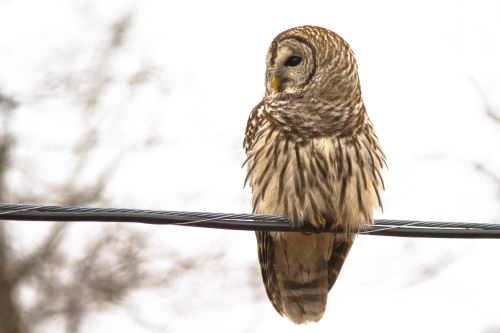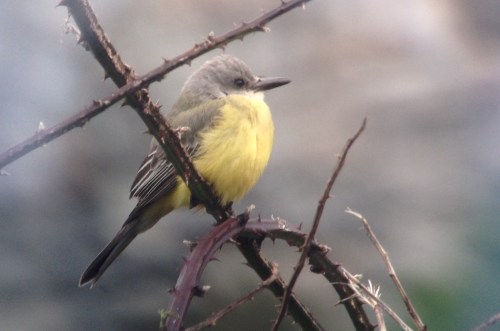Just Published in Marine Ornithology: Unusual Foraging Observations Associated with Seabird Die-offs in Alaska
by Bryce W. Robinson
Above is a short video that I produced to supplement a paper I, along with colleagues at US Fish and Wildlife Service and USGS, just published in the journal Marine Ornithology. The video shows behaviors that we describe in the paper, and will hopefully help the reader visualize what we experienced ourselves.
The Bering Sea region is changing in many ways, but among the most sobering are the mass die-off events that are impacting the regions birdlife. These die-offs continue into this year. Since we put together this publication of the observations that I and colleagues made in 2016 and 2017, the trend has continued and is likely to continue into the future. Furthermore, on my most recent trip to the region I documented further evidence of the ongoing change that is occurring across the bering sea ecosystem. There is and will continue to be more to report.
Some of the change, such as the evidence of starving and ill affected storm-petrels that are the subject of our publication, is sobering and concerning. It hits hard on the hearts of those of us who so passionately pay attention to bird life across the globe. We care deeply about the well being of these creatures that fascinate us so much.
Some of the change, such as some of my most recent observations in the region, are exciting and stoke curiosity, as the birdlife of the region responds to the impacts of ecosystem disruption.
Ultimately, there will be winners and losers as life navigates anthropogenic driven change throughout the world. Mass die-off events will become the norm for some species, until their populations can no longer sustain such losses and they are eventually lost to our world. Others will adapt in ways we cannot yet imagine. Such adaptations will undoubtedly open our minds to processes and function in ecosystems that we are yet to understand.
Yes, climate change is a problem. It is a problem that still is not unanimously recognized. It will change our world, our way of life, and probably not for the better. But, as we experience the change, we can document what is happening for the future inhabitants of our perturbed ecosystems. We can make record of the oddities, the aberrations, so that we leave a paper trail of first observations that will help us understand when things started, and how they developed. Hopefully, as these records build the evidence of change will become insurmountable to the point that the overwhelming majority of our society cannot and will not deny that the world is impacted by our daily choices and we ourselves need to change. And when we do, hopefully it will not be too late.
This is why I want to publish notes such as this, to make a record that will add to the evidence of an increasingly disrupted world. More to come…
You can find the paper detailing our observations of odd foraging behaviors here:



